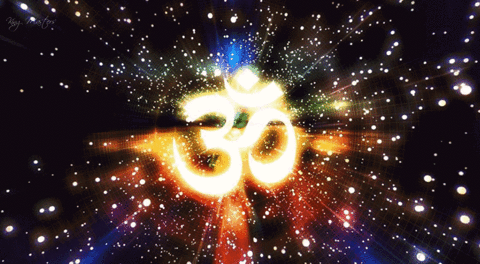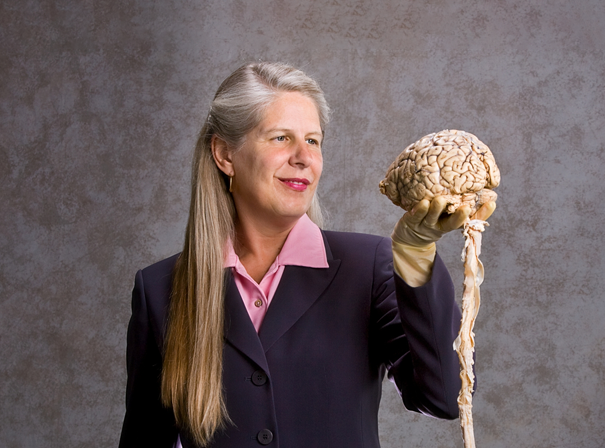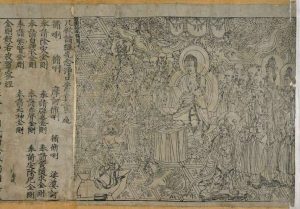
We are the threshold between thought and action, between imagination and form. We are the doorway of the present between before and after. The ever-present. The biological flux of a renewing system; our body, our brain, even our DNA is in an ongoing renaissance, the now-ness of reality.
We are liminal, the negative space of potentiality within the mist of everything.
We are liminal within the Om, the vortex, the maelstrom in the ocean of potential—the illusion of form created by energy. Can you visualize it? Can you see how it connects us to everything? Can you see how we attract and give back to the ocean from this whirlpool? Can you see the calm in the center of it all?
Scientists tell us that we live in less than five per cent of the universe, with more than 95 per cent unknown and invisible to us. NASA and CERN tell us that about 68 per cent of that is dark energy and vacuum, pervasive throughout space and time, and 27 per cent is dark matter. What’s left, that trace amount, that negligible percentage, is what we hold fundamental to our existence. Because it is us, it is our everything.

As I have postulated in previous essays, I wonder, like many others before me, whether this is the “nothingness” or emptiness (Skt: sunyata) expressed in the Buddhist teaching. Modern science has caught up with the spiritual past and agrees that this void is anything but empty and it permeates everything. Our brains and our Earth-bound biological meat sacks are 95 per cent void. The perceivable remaining five per cent is condensed, superpositioning energy, which is still essentially void. Sort of.
Science and Greek philosophers of 3,000 years ago provided us with ways of examining our physicality, one layer at a time, until there is nothing inherently existing; dissecting the illusion of our inherent sense of physical wholeness, when beneath the skin are layers of muscle, blood, and bone. Under the microscope, we can see a host of living cells busy in their own universe. Look within the cells: they are built from atoms; atomos meaning uncuttable, irreducible—a concept deduced by the Greek philosopher Democritus (c. 460–c. 370 BCE). A thing so small that he felt nothing could be smaller. But then we discovered that atoms are composed of protons and neutrons (in the nucleus) and electrons, spinning with a proportionally vast space between them.
To provide some sense of scale, I shall quote one of my favorite mind-blowing facts by Nassim Haramein: “Imagine that protons are like a head of a pin on the dome of the Vatican [approximately 42 meters in diameter]. Then the dome is like the electron cloud of an atom. So a proton is really small. And realize that the Planck [the smallest mathematical measurement determined by theoretical physicist and “discoverer” of Albert Einstein, Max Planck, 1858–1947] grains are making up the structure of space. So if the Planck would be the size of a grain of sand, then the proton would be a diameter from here to Alpha-Centari . . . which is about 40 trillion kilometers away. So the Planck is way teeny. It is the smallest proton of light, the smallest electromagnetic field that can exist. It is the portal of the fabric of space.”
This means that 99.9999999 per cent per cent of an atom is simply space.

Then even smaller, to fermions, including six quarks and six leptons, the 12 most fundamental “elements” that make up our known reality. These unimaginably small particles within an atom have no mass at all. So how does mass occur? How does our universe exist at all? Indian physicist Satyendra Nath Bose discovered “force-carrying” particles—integer-spin particles (bosons, gluons, gravitons, and photons). Waves of electromagnetic radiation spin in a way that “interacts” with the spin of fermions, resulting in quantum fluctuations, which form something with mass that can give rise to matter. Eventually.
Heisenberg’s uncertainty principle essentially tells us that light photons behave like particles and waves simultaneously, occupying no predictable space. But to make matters even more curious, this “light” phenomenon appears to acquire memory at this minute subatomic scale (something the tech industry is looking to use in areas such as computing). This causes entanglement instantaneously in multiple dimensions (thoughts of sympathetic magic arise here, something we shall return to in a later essay). This may not even represent our reality for more than a fraction of a moment. Therefore, everything that we deem to be physical is, in fact, in a constant state of flux and possibly not even consistently in this reality. This phenomenon is designed to fine-tune itself to receive information from a collective psychological/emotional, etheric field within our body, our environment (think of the “electric vibe” we feel when we attend our favorite concert or football match), and quite possibly, from the “void” itself.
So, in apparent contradiction to the neurobiological evidence that the right anterior temporal lobe of the brain is responsible for inspiration and divergent thinking—as it fires up and pulls abstract information together from deep within the brain by suppressing the left ATL—“Information in the form of energy” (as neuroanatomist Dr. Jill Bolte Taylor explained it) floods our primed minds, and consequently breathes life into something we create—another concept I shall return to in essays to come. In other words, Dr. Taylor is telling us that we receive information from “out there” rather than creating it “inside.”
These meat sacks of ours are extraordinary microcosms of the macrocosm, every moment recreating itself at the micro level. Cells renew, wounds heal, and at the sub-cellular level, at the subatomic level, we are electric pulsating diaphanous swirls of energy, both instantaneously here and not here. Our five per cent recognizable universe gives us the illusion of manifesting form, dancing with itself, dancing with itself in unfathomable multiverses, in every conceivable dimension and beyond, all dancing on a point in time smaller than the point of a needle, recreating itself every nanosecond.
I don’t pretend to understand even a fraction of the mechanics and math involved in quantum physics. I’m trying to avoid anything that rings of pseudoscience or dangerous thinking, yet I cannot bring myself to rest in dry academia, shelving anything that sits inconveniently with traditional paradigms. Fortunately, many intelligent people are on the case and I shall try my best to do them justice as I piggyback on their smarts.
I am starting to imagine this five per cent reality with the image of blowing into steam. A Chinese moon gate in the mist of 95 per cent reality. Yet a plasma ball connected to everything, dissolving and merging with the photons all around, simultaneously radiating our unique sense of physical self.
A void plasma ball in the mist, the tendrilled mist droplets webbing us to everything. A mist that floods through us and out again to remerge with the all. We now know that space is fuller than we can imagine. From nothing came everything:
Quantum fluctuations were the seeds that grew into the universe that we are today. — Jim Al-Khalili.
My image-seeking brain imagines these fluctuations running at such a rapid frequency that they merely give the illusion of solid—like a spinning aircraft propeller.
To be continued . . .

See more
Tilly Campbell-Allen (Dakini as Art)
Related features from BDG
Exhaustion and Overwhelm
What You Think, You Become …
I Spy with My Magic Eye …















